Food, Fellowship and Dutch Ovens
Thursday, June 6th, 2019This is Passport to Texas
Cleburne State Park, about 30 miles southwest of Fort Worth, has a spring-fed lake and shady trails. It also hosts a local group that’s passionate about their avocation.
We fell in love with the park and the people.
Dennis Clute is chapter advisor for the Chisolm Trail Chaparral Dutch Oven Society
We cook on the third Saturday of each month except for June, July and August; it’s just too hot. We get there about mid-morning on Saturday, we have the pots on the table by 12:30, we all gather in a big circle, we say grace, we invite everyone there to eat with us and have a good time
The Chaps say they can prepare nearly anything that can be cooked in a home oven in a Dutch oven.
I think my favorite was this rich chocolate cake that they made. It was delicious
Annie Hepp is a regional interpretive specialist with Texas Parks and Wildlife.
They really enjoy the opportunity to be with one another. They get to cook for people, they get to share their passion with others and that passion and enjoyment is pretty infectious. Just being around them and seeing what they’re cooking up really inspires you to try it yourself.
Go to the calendar section of the Texas Parks and Wildlife website and click on “cooking” to find Dutch Oven demos in parks.
For Texas Parks and Wildlife…I’m Cecilia Nasti
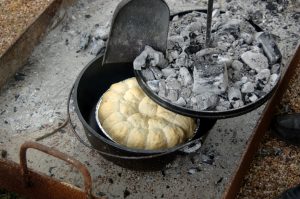

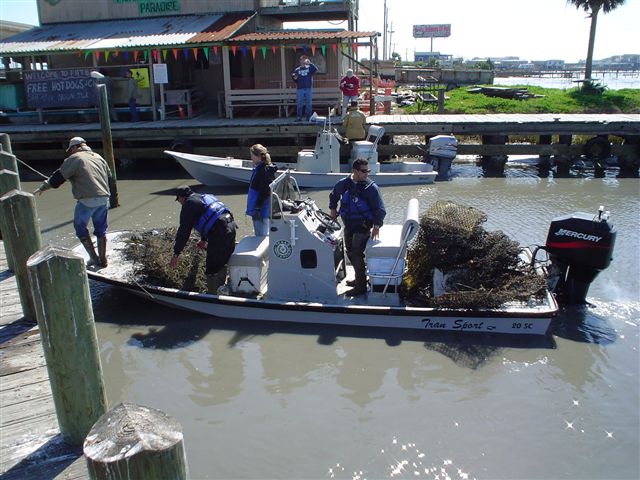
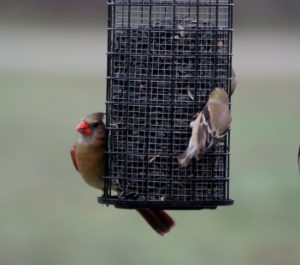
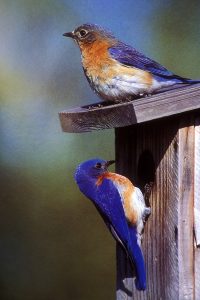
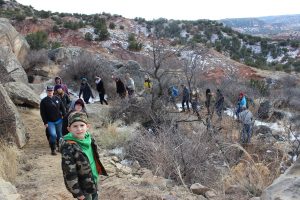

 Passport to Texas is a
Passport to Texas is a  Passport to Texas is made available by:
Passport to Texas is made available by: